Acronis Backup 12.5 Review
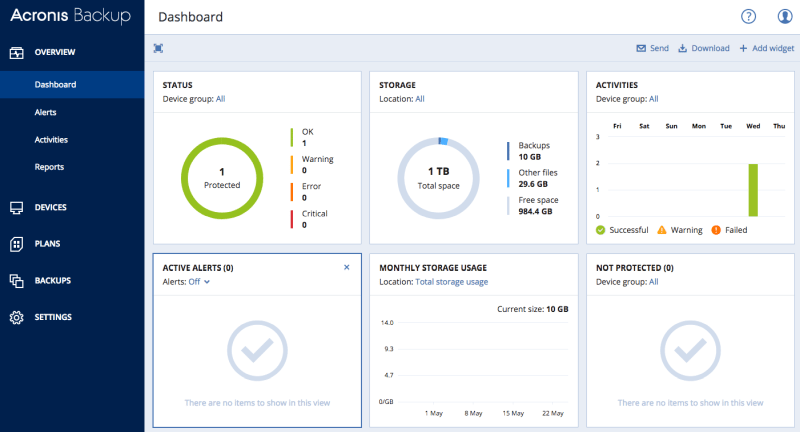
Acronis has every backup base covered with a huge platform support and built-in ransomware protection
Acronis’ Backup 12.5 suite brings a wealth of new features: more versatile backup options, broader platform support, granular Exchange mailbox protection and even built-in ransomware protection.
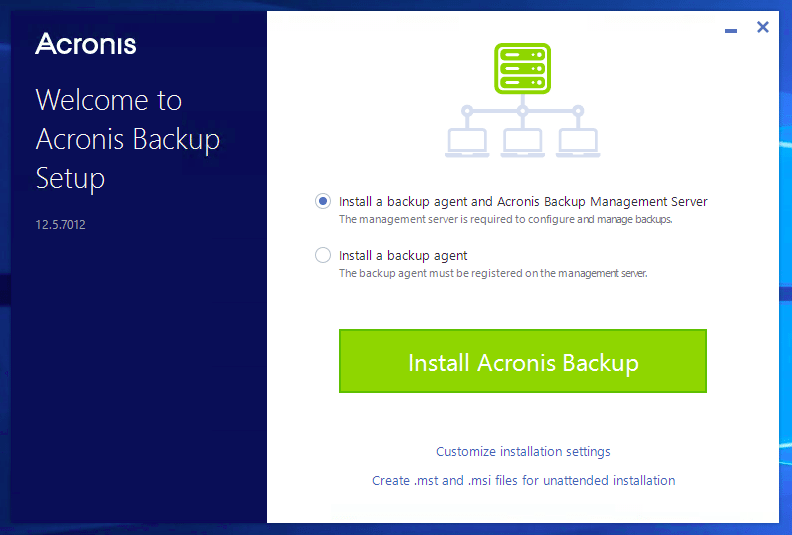
One improvement is virtualization support. Acronis Backup now works with six hypervisor platforms, and can automatically convert backups to VMs. Acronis also adds support for standalone tape drives, autoloaders and libraries for automated archiving.
[sc name=”Youtube”]
Backup 12.5 is available in standard and advanced editions; if you buy the former, you can upgrade to the latter by simply adding a new licence. The management server can also be deployed in the cloud, but this doesn’t currently match all the features of the on-premises version.
It took us five minutes to install the management server on a PowerEdge host running Windows Server 2016. The slick web console now includes a customisable dashboard with drag-and-drop widgets. Deploying agents to Windows workstations and servers took just 90 seconds per system. Where apps such as SQL Server are being protected, you can just select the relevant agent – the standard system agent will be intelligently deployed along with it.
You can choose local and network shared storage, SFTP (secure FTP) servers, tape drives or Acronis’ cloud storage service. The Advanced version lets you install the Storage Node service on your own Windows host, which provides central resource management and is required for the deduplication service.
Your backup strategy is assembled in the form of “plans”, which bring together backup sources, schedules, destinations, applications, retention periods and encryption options. Backups default to “always incremental”, but traditionalists can also choose an old-school GFS (“grandfather, father, son”) strategy.
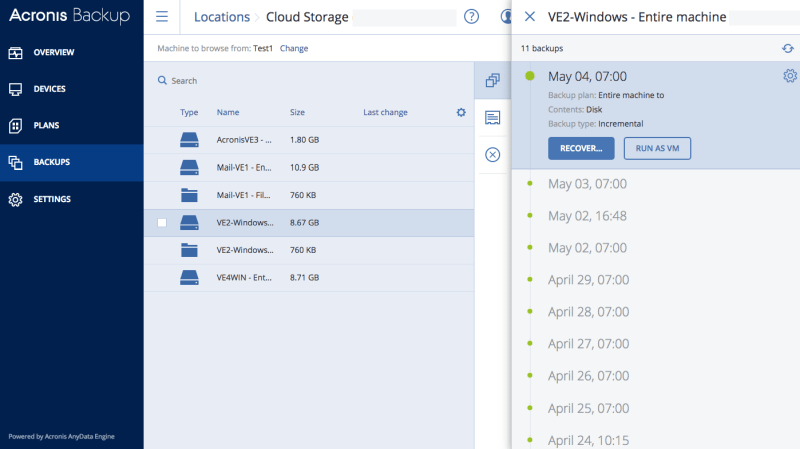
The new anti-ransomware feature keeps an eye out for dubious activity; if it sees a rogue program meddling with your files, it can automatically kill the process and restore the files from the agent’s service cache. We tested this by encrypting a group of files on a test host: the agent stopped the process and reverted all the files back to their original state in seconds.
To test regular backup functions, we set up a 27TB NAS appliance share as our destination, along with local storage on the management server.
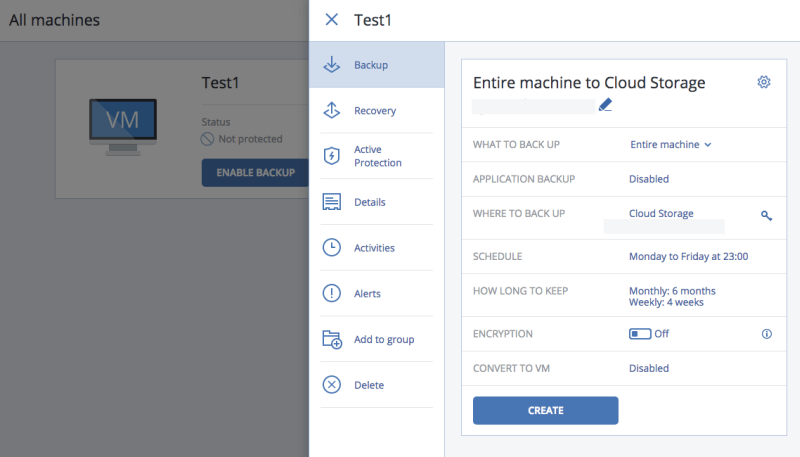
ABOVE Acronis’ Dashboard provides an overview of backup activity and can be easily customized
“While short of Acronis’ recovery time objective, getting a Windows server back in under seven minutes is good enough for us”
LEFT We had no problems using Backup 12.5 to recover a Windows Server 2012 R2 host as a Hyper-VVM
We also configured an HPE Ultrium LTO-7 SAS tape drive connected to a Windows Storage Node host, to be used as a shared backup location.

Results were excellent. When we backed up 120GB of data from a Windows Server 2012 R2 system to the NAS share over Gigabit Ethernet, the operation completed at an average of 204MB/sec – much faster than a direct file copy, thanks to Acronis’ smart use of compression. Backing up 25GB of test data to the LTO-7 tape drive completed at an average of 150MB/sec.
Hyper-V backups are a doodle, too. After loading the agent on our host server, all VMs were immediately listed in the console. No agents are needed on VMs, and each of our Windows 10 VMs was backed up to the NAS share in under three minutes.
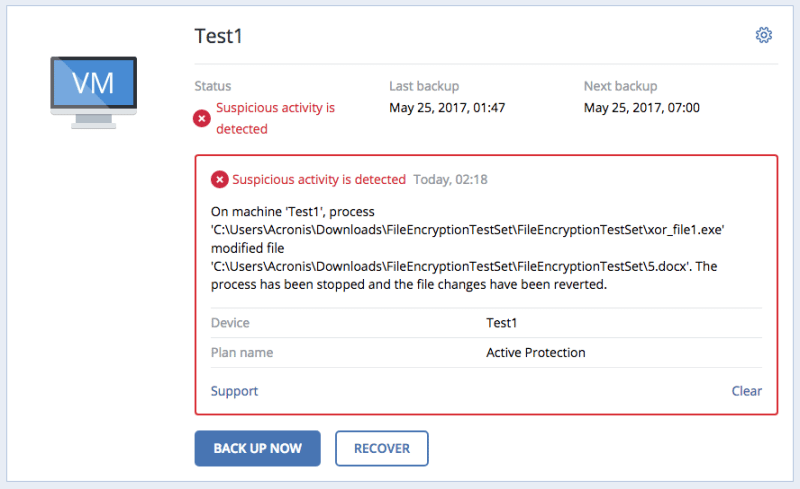
When it’s time to restore files from your backups, the Instant Restore feature can quickly convert a full system backup to a VMware or Hyper-V virtual machine. Acronis claims an RTO (recovery time objective) of as little as 15 seconds; we tested this by recovering a Windows Server 2012 R2 system backup as a Hyper-V virtual machine. The conversion took 68 seconds, and while the first boot on virtual hardware was comparatively slow, we were sitting at a functional desktop around five minutes later. That’s some way short of the claimed RTO, but getting an entire Windows server fully back in action in under seven minutes is good enough for us.
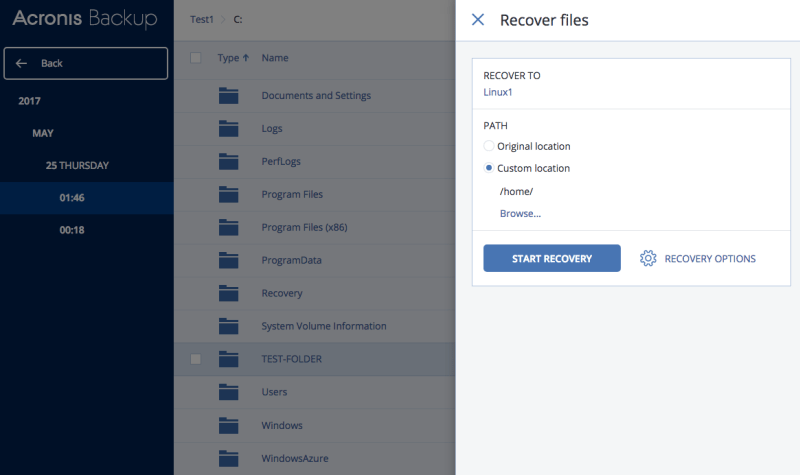
Acronis Backup 12.5 has virtually every data protection angle covered for businesses of all sizes. With its extensive virtualization support, ease of use and value, it’s our top software backup choice.
DAVE MITCHELL






The Acronis software has multiple issues and their customer service is atrocious especially when dealing with a critical backup requirement. Won’t release a refund even though they told me the issue won’t be fixed till an update in a week. Had to switch to Macrium a much better software and had to use Netlimiter to minimize bandwidth allocation during the backup. Would not recommend Acronis ever even if it works perfectly due to their customer service.